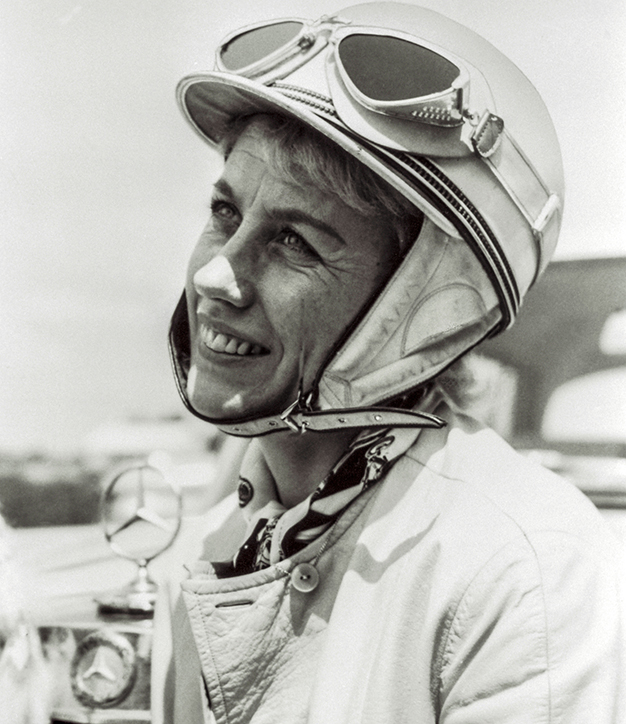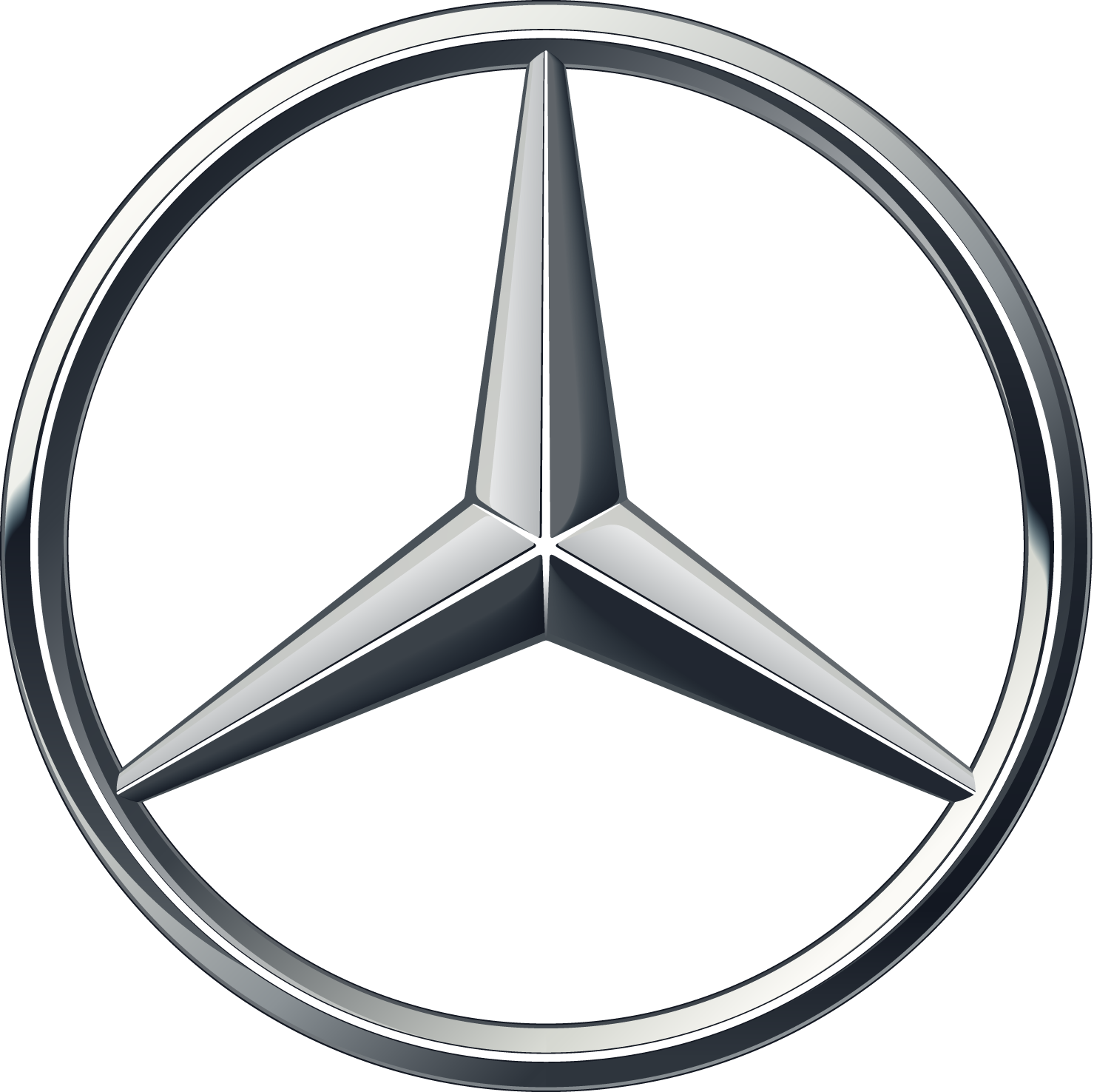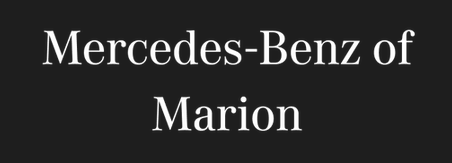Ewy Rosqvist
Pioneer and racing driver
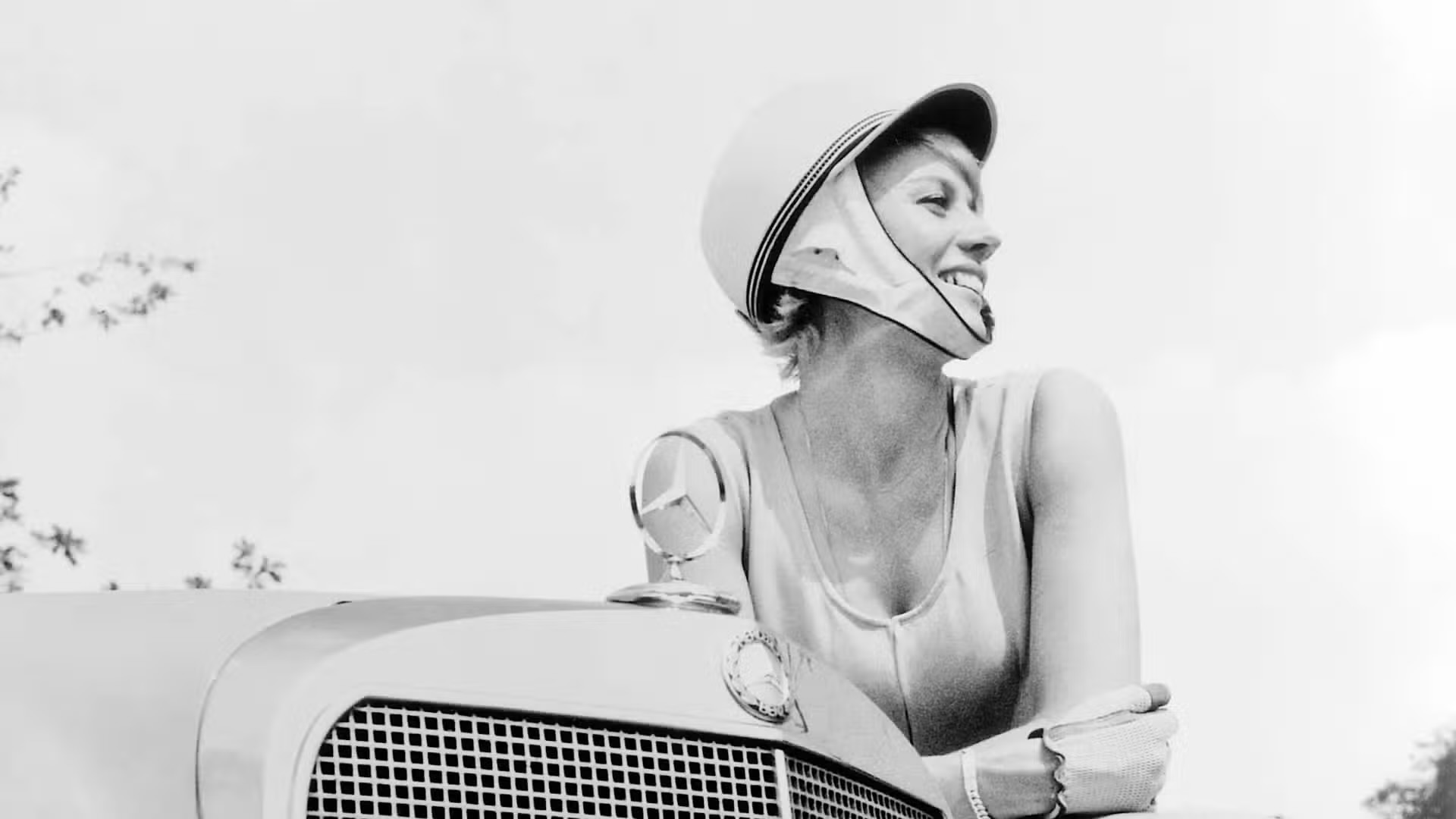
Early life
Born in 1929 in Sweden, Rosqvist grew up as the only girl among five siblings in a bustling farming family. Her upbringing naturally steered her toward a love for animals, leading her to study veterinary science and animal husbandry in Stockholm. After completing her education, Rosqvist returned to her roots in Herrestad, a small town in southern Sweden, where she began her veterinary apprenticeship. Little did she anticipate that this choice would also set her on the path to becoming one of the era's most celebrated rally drivers.

From veterinary assistant to champion rally driver
In her role as a vet assistant, Rosqvist had to navigate vast distances across rural Sweden, often delivering bull semen to remote farms. She vividly recounted these adventures saying, "Mostly, I have to visit distant homesteads. The farmers would call vet Palsson – my employer – and order an assistant." This necessity for travel would prove to be the unexpected beginning of her legendary driving career.
"Each morning, we'd receive our 'day schedule' alongside a thermos filled with semen from select bulls. This cargo had to stay below 5°C; otherwise, it was useless. We'd pack these thermos containers at dawn, forcing an immediate departure," Rosqvist explained. Her job required traversing enormous distances, mostly over the rough, uneven dirt and gravel roads of rural Sweden. Speed was critical due to the delicate nature of her cargo.
For these daily expeditions, Rosqvist chose her father's Mercedes-Benz 170 S, the forerunner to the modern S-Class.
The daily grind involved driving between 150 and 200 kilometers, navigating through unpaved roads, gravel tracks, and farm paths as she noted in her writings. "I had to floor it, racing from one farm to the next." As her driving prowess grew, Rosqvist outpaced her colleagues, often returning to town hours before them.
Over two years, she logged approximately 220,000 kilometers in the Mercedes-Benz 170 S, nearly all on rugged, dirt roads. This extensive driving sharpened her skills, preparing her for a second, unexpected career. In 1954, she got her first taste of rallying as a passenger in the Midnight Sun Rally, setting the stage for her future as a rally driver.
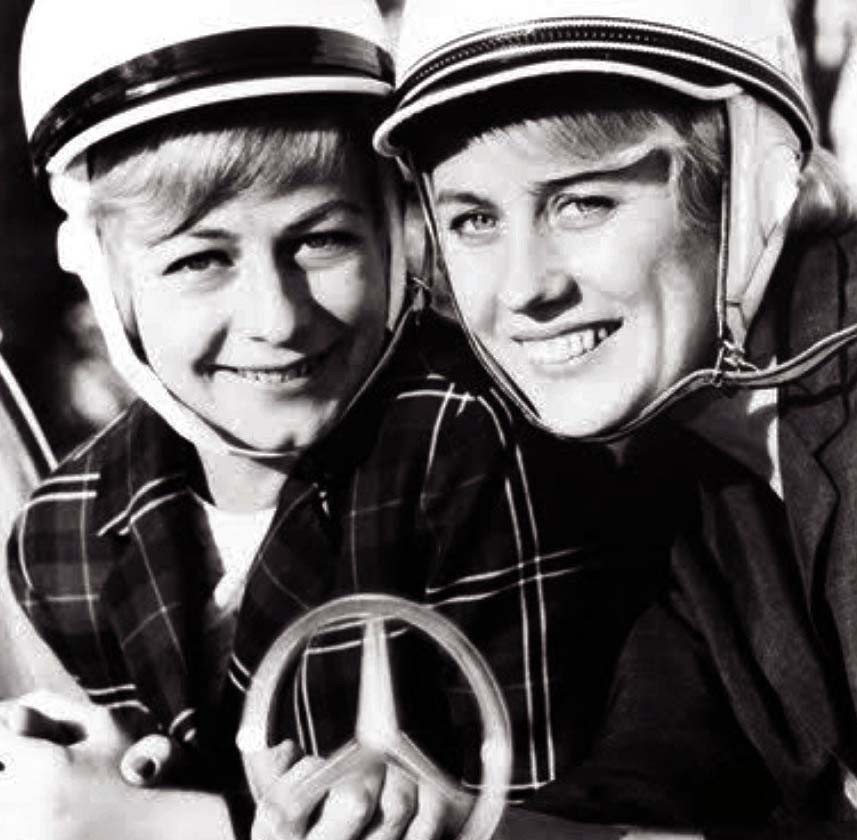
From passenger seat to podium: a rally legend's ascent
She married Yngve Rosqvist in 1954, with whom she participated in the Midnight Sun Rally in the same year, and also had her chance behind the wheel: "That was so much fun that I decided to take part in a rally myself, either driving or as a co-driver, as soon as possible," recounted Rosqvist. It didn't take long for her to switch seats, finding herself behind the wheel during the Midnight Sun Rally. Although her first attempt wasn't a success, the rallying bug had bitten hard.
"In 1956, I made my debut as a driver with Majbritt Clausson as my co-driver at the 'Rally of the Midnight Sun' in June," she's said. "Misfortune seemed to follow me; we had one problem after another, including engine failure which forced us to stop. However, this only fueled my determination. I took time off from work repeatedly to compete in smaller rallies. My success was mixed - sometimes I did well, other times it was a complete disaster."
By 1957, Rosqvist was steering a Saab 93, achieving her first taste of victory by winning the Rally Viking in Norway. The next year, she switched to Volvo, and her trophy cabinet began to fill up. Her fame started to soar. In 1959, as a factory Volvo driver, she clinched the European Rally Championship Women’s Cup, repeating the triumph in 1960 and 1961, securing a hat-trick of titles. "She is Europe's most skilled female rally driver, remarkable and triumphant with the Swedish Volvo car," raved one local newspaper about her achievements.
Mercedes-Benz took notice as well, swiftly recruiting the young Swede for their newly-established rally team, where she teamed up with fellow countrywoman, Ursula Wirth.
Success As a Mercedes Works Driver
In 1962, Mercedes-Benz welcomed the formidable rally driver Ewy Rosqvist into their works team, along with her co-driver Ursula Wirth. Their partnership behind the wheel of a Mercedes-Benz 220 SE (W111) was nothing short of spectacular. They clinched the Women's Cup at the four-day Swedish Rally to the Midnight Sun, followed by an impressive sixth place at the 22nd Raid Polski, and a commendable 12th at the Liège-Sofia-Liège Rally.
On November 4, 1962, Ewy and Ursula achieved the extraordinary: they dominated the VI Argentinian Touring Car Grand Prix, winning all six stages of the grueling 4,626km race. Not only did they set a new record, but they also shattered the previous year's average speed, pushing it from 121.234 km/h to an astonishing 126.872 km/h.
Ewy's success continued into the following years, with triumphs like securing the Women's Cup at the 1963 Monte Carlo Rally, winning in the up to 2,500cc class in a six-hour race at the Nürburgring, and earning third place at the Argentinian Touring Car Grand Prix.
In 1964, alongside Eva Maria Falk, Ewy continued her winning streak by taking the up to 2,500cc class at the Monte Carlo Rally, finishing fifth at the International Acropolis Rally, and achieving a third-place finish at the Spa–Sofia–Liège Rally.
Ewy's Legacy
Her racing career concluded at the 1964 Argentinian Touring Car Grand Prix, where she again placed third. That same year, she married Baron Alexander von Korff, the then Director of Motorsport Activities at Mercedes-Benz, in a charming ceremony at the chapel of the old castle in Stuttgart.
After her husband's passing in 1977, Ewy returned to Sweden, but her bond with Mercedes-Benz remained unbreakable. She continued to serve as a cherished ambassador for Mercedes-Benz Classic, leaving an indelible mark on the brand's legacy.
Learn more
